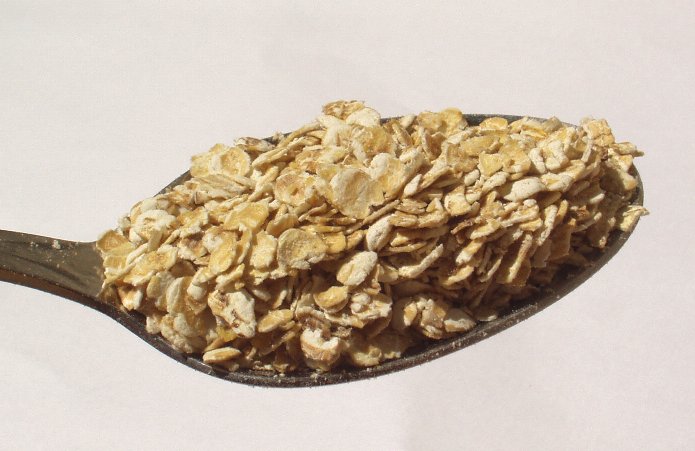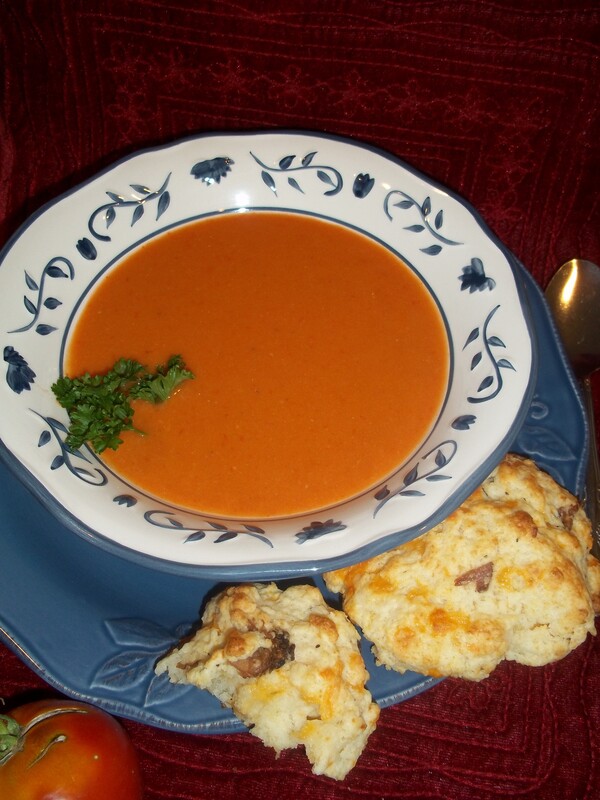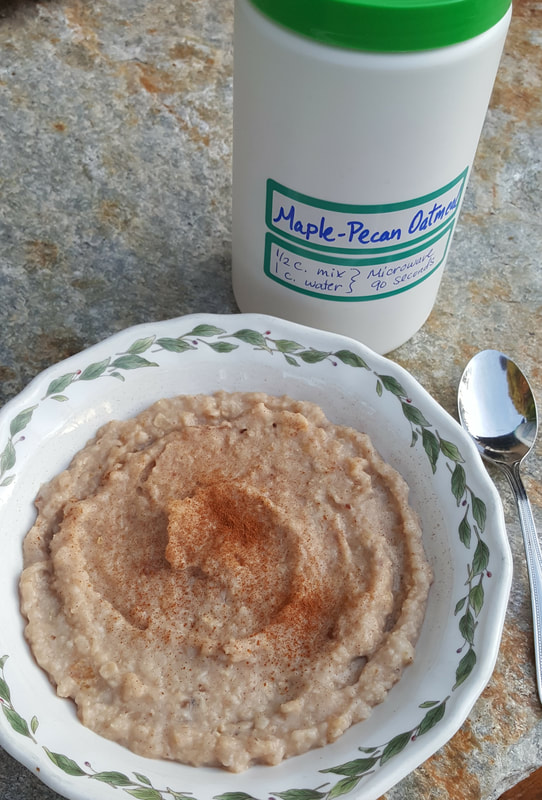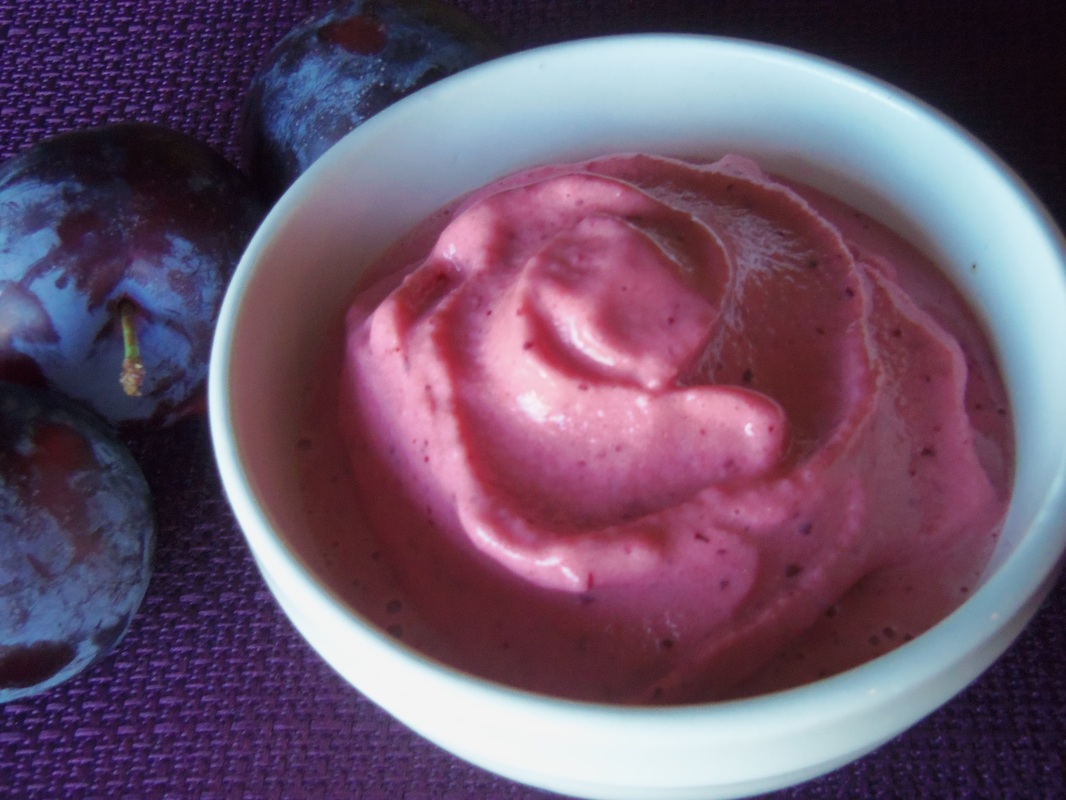Mom’s Double-Double Apple Crisp
Makes 4-6 servings
5-6 apples, peeled and sliced—enough to mostly fill an 8x8 baking pan --or about 4 c. dried apple slices
¼ cup butter, softened or melted
½ cup brown sugar
1 cup flour- or use ½ cup quick oats and ½ cup flour (gluten-free flour works just fine)
Optional: 3/4 tsp. nutmeg and/or cinnamon
If using dehydrated apples, put them in the 8x8 pan, cover with boiling water and let them soak while you make the topping.
In a small to medium bowl, stir together the sugar and butter. Mix in everything else until no flour patches remain, but you still have some lumps. (They’re the best part!)
Drain off extra water from the apples, leaving just a little in the bottom. (Save the drained water for making bread, breakfast oatmeal, for feeding a sourdough start, add to a smoothie or other drink. It contains a little bit of Vitamin C and some natural sweetness.)
Cover the apples with the topping. Bake at 375° F for about 25 minutes, until topping is browned and crunchy. If using fresh apples, you’ll need to bake it 30-45 minutes.
Serve with whipped cream or ice cream.
























 RSS Feed
RSS Feed